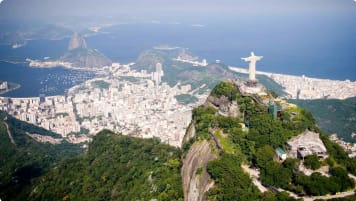Touring South America
Argentina & Brazil travel advice This article is the third in a series highlighting travel in South America: This is about Argentina & Brazil travel advice for one of the world’s most thrilling travel destinations.…
25 May 18 · 12 mins read

Argentina & Brazil travel advice
This article is the third in a series highlighting travel in South America: This is about Argentina & Brazil travel advice for one of the world’s most thrilling travel destinations.
In the first article on South America, we detailed the historical backdrop of this continent, and learned about some of the geographical attributes that make it to diverse and unique. Next, we delved deeper into a selection of the nations that make up South America. We profiled Chile, Peru and Bolivia. In this third article, we will profile vibrant Argentina, where people dance in the streets, and mighty Brazil – South America’s largest country, and mouth of the Amazon River.
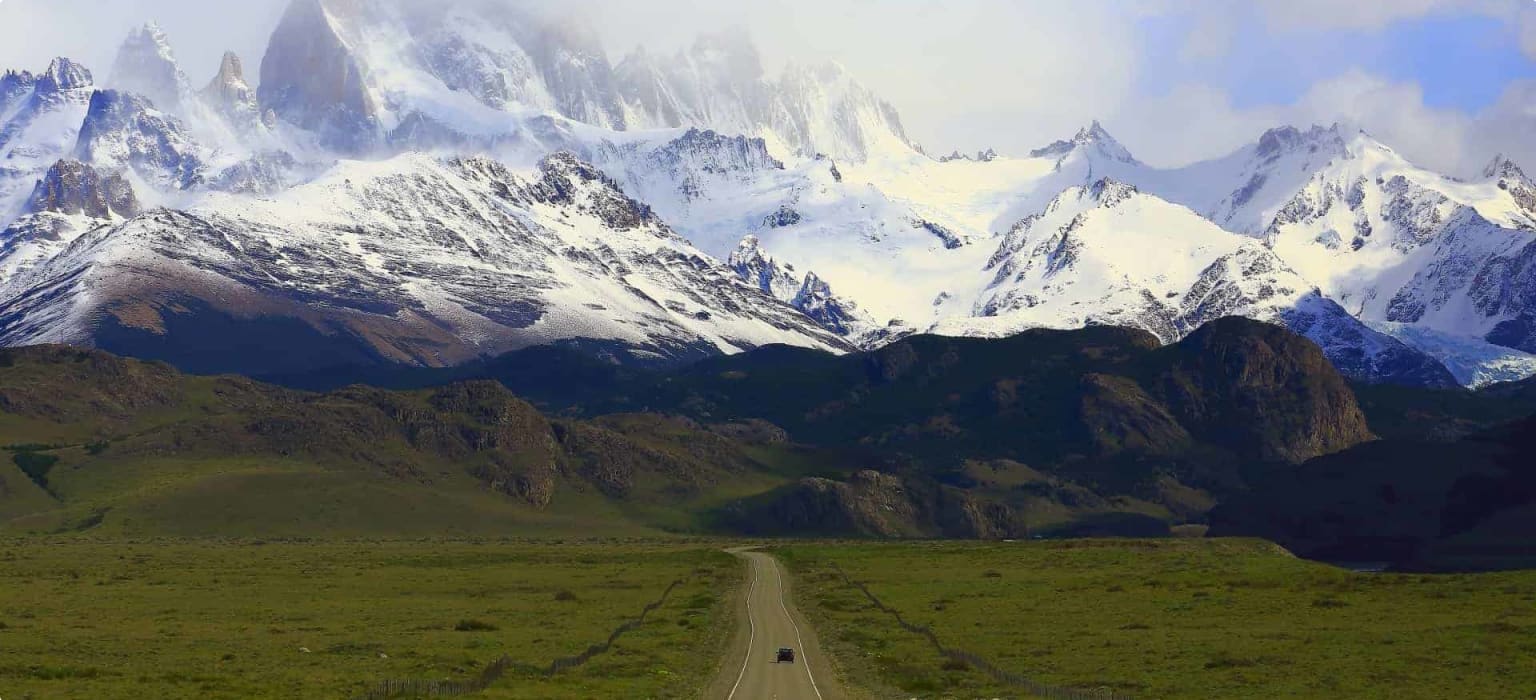
Argentina travel advice & tips
Argentina takes its name from the Latin ‘silver’, but this doesn’t do justice to the colour and vibrancy to this nation.
Today, Argentina is a republic with 23 Provinces and the Federal District of Buenos Aires. The country has an area of approximately 2.8 million square kilometres (about that of Western Australia) and a population of almost 44 million. Argentina was colonised by Spain, as were most other parts of the continent, and the vice-royalty originally included the area which is now Chile, Bolivia, Paraguay, Uruguay and parts of Peru.
Most of the country is very flat with alluvial soils from the flood plains of the Parana River. Central Argentina enjoys almost perfect soils and is a major commercial producer of wheat, cattle and sheep. Argentina until the 1950s was the most prosperous nation in South America. It had a very extensive rail network developed with British capital and expertise. After the Second World War the terms of trade for Argentina deteriorated but the country did not adjust to this new reality. An alliance between government, unions and industrialists eventually resulted in major economic instability and political and social unrest.
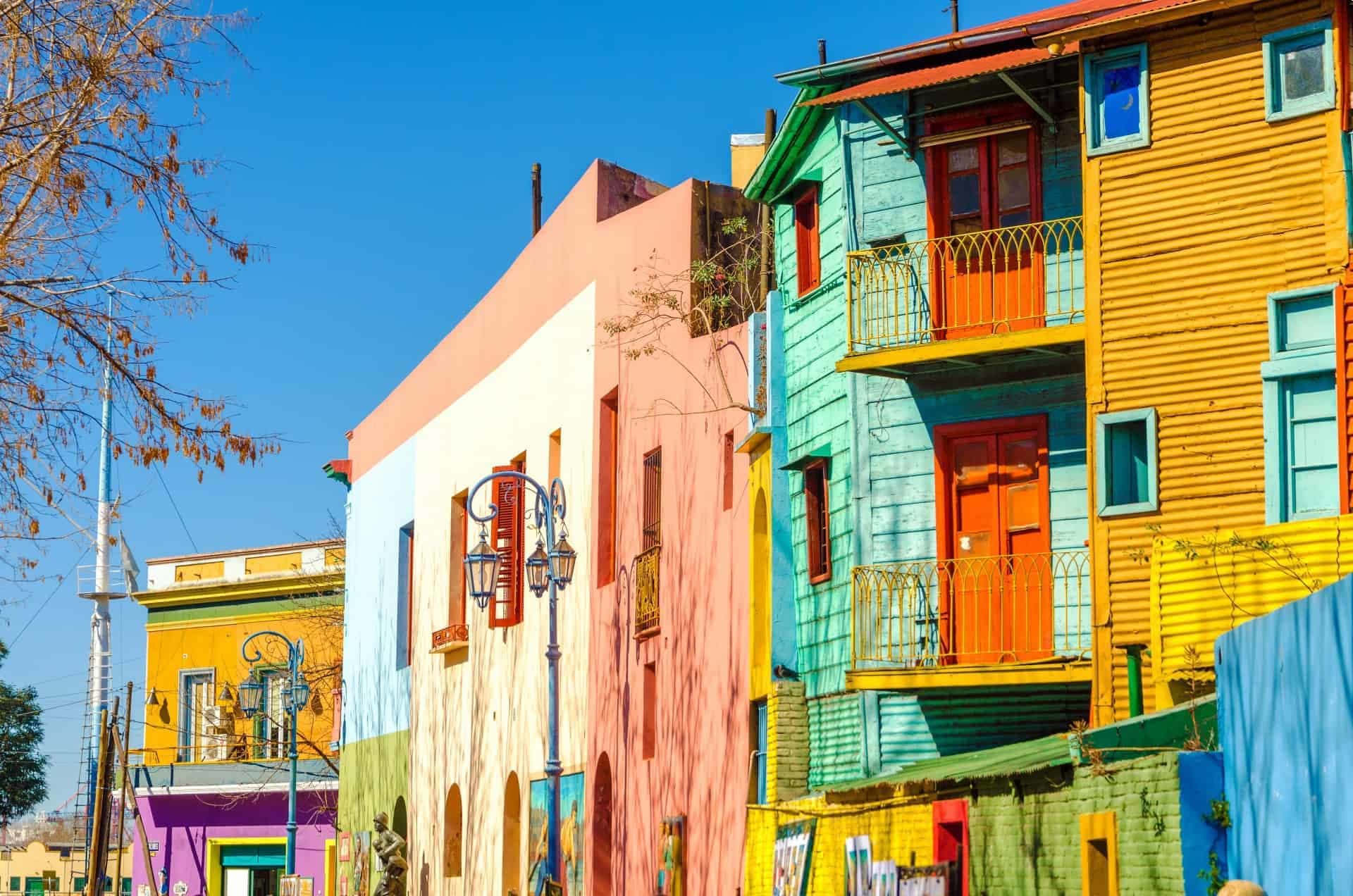
Recent history of Argentina
Josè San Martin led the revolt in 1810 against Spanish colonial rule. On 9 July 1816, Argentina was declared a republic. Today, Argentina is the most ‘European’ of all the South American nations, with more than 97% of all its people of European origin.
Argentina accepted vast numbers of immigrants from Europe after World War II, as did Australia. Between the mid-1800’s and 1946, Argentina swung from civilian to military rule and from radical to conservative policies. In 1943, a military coup resulted in the rise of Lt General Juan Peron Sosa as President. He instigated a policy of extreme nationalism and social improvement. Peron founded the Peronista movement. When he was overthrown in 1955, he continued to direct the movement from his Spanish exile.
Ensuing administrations failed to secure the allegiance of either the people or the trade unions. As a result, Peron was re-elected as President in 1973. On his death a year later his wife, Isabelita Peron, took over. But chaos ensured and she was deposed by a military coup in 1976. Argentina subsequently suffered rampant inflation, social, political and financial disarray, and persecution of dissidents.
Argentina: An economy in chaos
In 1982, in an extreme act of nationalism, the military invaded the British Falklands Islands (Las Malvinas) to the east of southern Argentina in the South Atlantic Ocean. They probably did not anticipate the very quick and strong reaction by the Thatcher Government, which immediately dispatched a major military expedition to expel the invaders. The Argentine invaders were expelled with heavy loss of life in the torpedo sinking of the cruiser Belgrano. The stunned reaction of Argentineans to this debacle, and the perceived disgrace of the military, were followed by an election in October 1983. A civilian government was returned to power under Raul Alfonsin. He is considered the “Father of modern democracy” in Argentina.

Unpopular legislations for Argentina
However, under Alfónsin, two deeply controversial pieces of legislation were passed in 1986, which attempted to pull society and government out of the heavy shadow of the past. The Ley de la Obediencia Debida (Law of Due Obedience) protected junior officers from prosecution with the argument that they were only following orders from above. Even more unpopular was the Ley de Punto Final (Full Stop Law) passed on 24 December 1986. This drew a line under which no new prosecutions could be initiated for crimes committed before 10 December 1983. As a result notorious criminals such as the navy captain Alfredo Astiz, known as the Angel of Death, got off scot-free.
Further devastation of the economy of Argentina
Under democracy, the years of persecution and terror might have been over, but a solution to the country’s dismal economic situation remained as elusive as ever. In an attempt to halt the currency’s continual inflation and devaluation, Carlos Menem (president from 1989-99), pegged the peso to the US dollar and instituted radical free market reform. However, this short-term solution turned out to have devastating consequences.
In 2001, under the government of Fernando de la Rua, Argentina was pressed by the IMF into servicing its external debt. This would effectively result in a devaluation of the peso. As news that the currency was to be devalued spread, Argentines rushed to withdraw their money. In order to protect the banks, de la Rua enforced a withdrawal limit of US $250 per week. This sent the economy into free-fall and in the midst of resignations and violent protests (leaving 25 dead), the de la Rua administration collapsed. Eduardo Duhalde took office in January 2002 and officially devalued the peso and abandoned the dollar peg. By July, the peso had dropped to a quarter of its former value.
Duhalde managed to get inflation under control and restore a degree of stability to the political and economic apparatus. Elections in 2003 brought Nestor Kirchner to power.
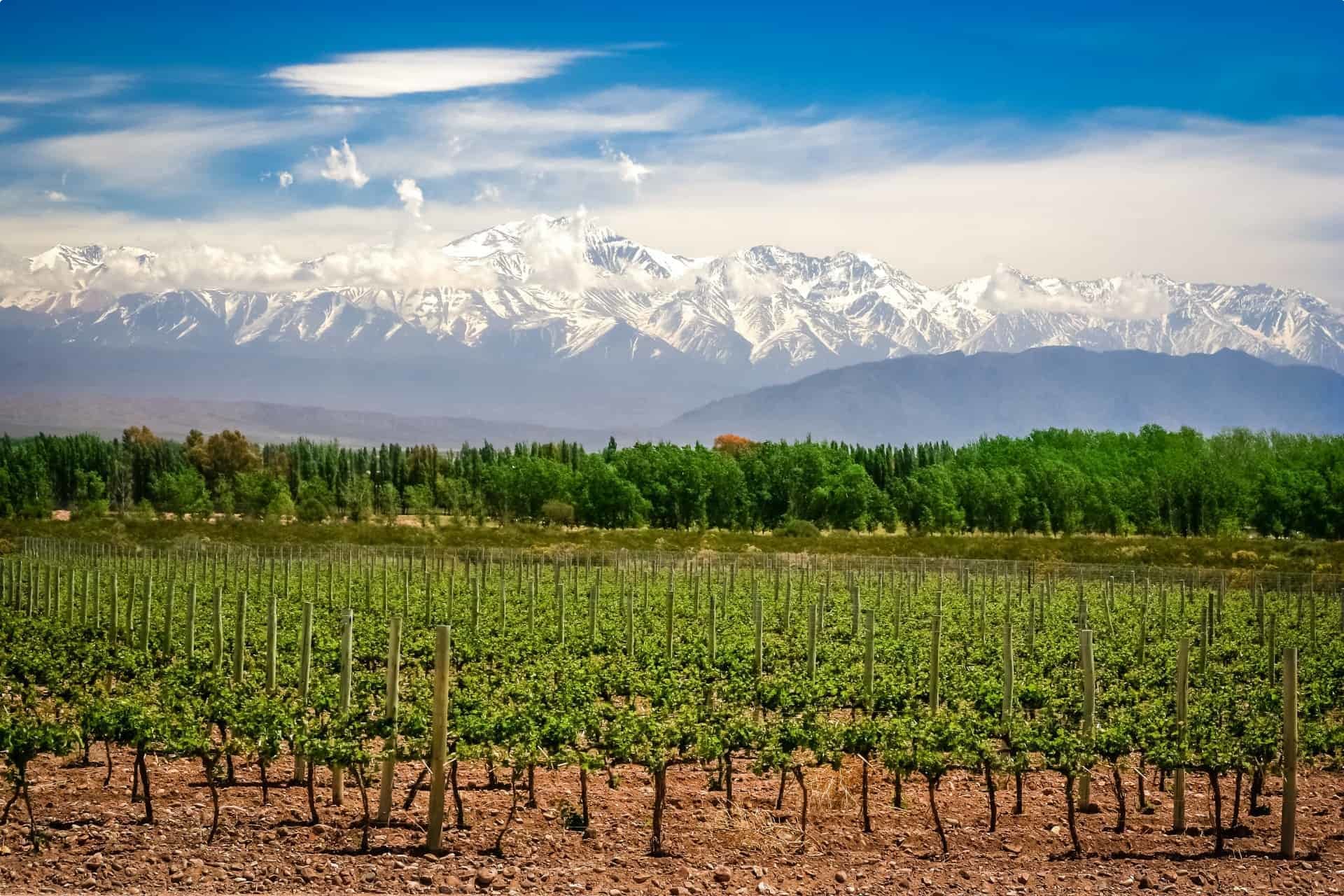
The Kirchner government of Argentina
Under Kirchner’s government the country enjoyed a strong economic rebound, as exports grew and foreign investment slowly returned. He took a strong stance against the powerful military and police, and urged greater transparency and accountability. He overturned the amnesty laws passed by Alfónsin and, after an 18 year delay, judicial procedures for crimes committed during the “Dirty War” were resumed.
Nestor Kirchner died suddenly in December 2007. Cristina Fernández de Kirchner was elected and took over the presidency from her husband.
Heavy-handed economic controls and efforts to transform the justice system saw Kirchner’s approval ratings drop sharply, amid rising inflation, crime and corruption allegations (involving top appointees and allied businessmen). In 2013, thousands of citizens joined a series of pot-banging protests and as a counter to this, hundreds of thousands of people were bussed in by the “Organized and United” network of pro-government groups. Their flags and huge TV screens were installed in nearby streets as the crowd gathered in the Plaza de Mayo to hear de Kirchner speak.
Political chaos remains in Argentina
In 2015, a severe political crisis followed the death of Alberto Nisman. Cristina de Kirchner was accused of conspiring to shield a group of Iranians suspected of the 1994 bombing of a Jewish community centre in Buenos Aires. Nisman was the prosecutor of the case, and in the hours leading to the presentation of his findings to Congress, he was found dead: a bullet lodged in his head, a pistol and spent casing at the scene, and no suicide note. The incident sent the country into overdrive as experts scrambled to determine whether or not this was a murder. The event triggered anti-government protests in the lead up to 2015 presidential election.
The circumstances of Nisman’s death are still not fully understood. Evidence indicates, however, that there were likely two people involved in an attack on the prosecutor, who also suffered other injuries. Either way, a three-judge panel closed the criminal case against de Kirchner. Critics of de Kirchner feared that as her time in office drew to a close, she would continue to wield influence over the candidate she endorsed, Daniel Scioli. But conservative candidate Mauricio Macri was elected on November 22, 2015. It placed a centre-right opposition party in power for the first time in Argentina in 12 years.
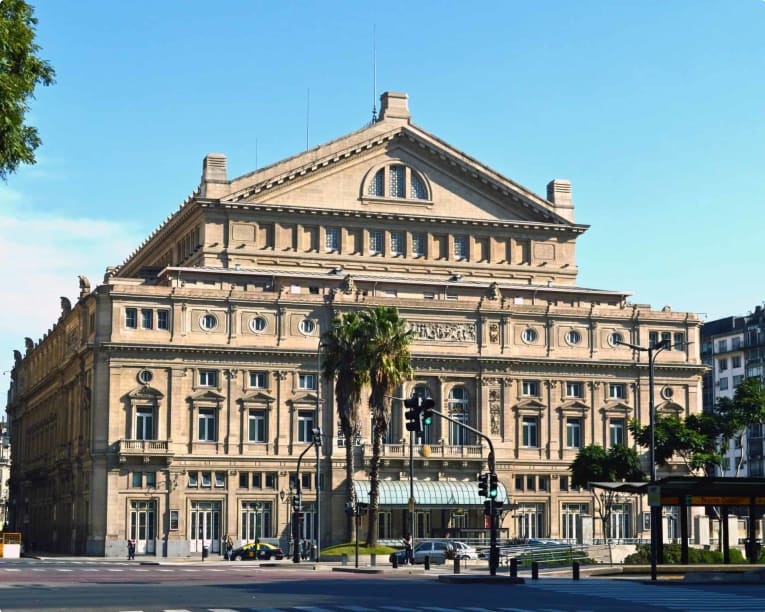
Buenos Aires, capital of Argentina
Buenos Aires – ‘good air’ – is the capital and largest city, with a population of more than 13 million. Viewed from the air, the urban pattern is very similar to that of Melbourne or Sydney, with a vast network of railway lines, major highways and freeways extending from the city. Planned housing estates, industrial areas, sports complexes and schools are similar to our own but on a far vaster scale. The land around the city is virtually completely flat and the urban sprawl is maximised. Buenos Aires is a cosmopolitan, European-style city with great shopping and a vibrant culture.
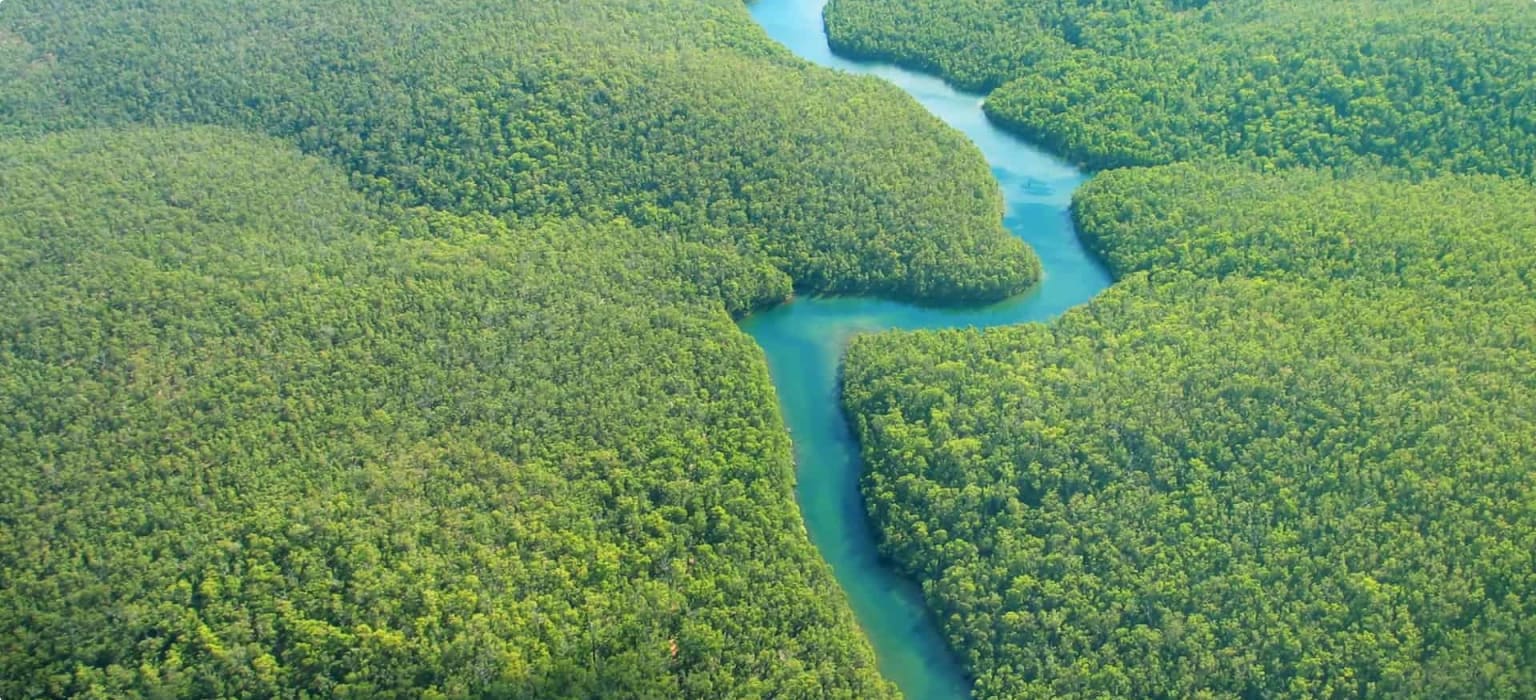
Brazil travel tips & advice
Brazil, or Estados Unidos do Brasil (the United States of Brasil), is the largest of all South American nations. It has an area of 8.5 million square kilometres (which is larger than the USA or Australia). The country shares its borders with all but two of the continent’s 13 nations and, by virtue of its size and 207 million inhabitants, is the leading nation of South America. Brazil straddles the equator from 5°N latitude to 33°S latitude and extends from 35°W to 74°W longitude. It is largely a lowland area dominated by the mighty Amazon River system. The Amazon is the world’s largest river system in terms of size and volume of water carried.
The Amazon River, Brazil
The convectional systems operating above the Amazon River’s dense equatorial evergreen jungles form one of the major climatic influences of the world. The vast tropical low-pressure air mass system draws in huge volumes of moist air from the surrounding oceans and produces heavy rainfall as it is cooled.
The Amazon drains more than one fifth of the entire world’s fresh water through its river system. It is frequently more than eight kilometres wide, and more than 65 kilometres wide near its mouth. The Amazon rises in the Andes of Peru and is more than 6,200 kilometres long. It carries more than 14 times the volume of the Mississippi system and has at least 15 tributaries, each more than 1,600 kilometres long. Ocean-going vessels navigate more than 3,700 kilometres upstream from Belem to Iquitos in Peru. The waters of the Amazon can still be identified more than 250 kilometres out to sea.
The Brazilian Highlands
To the north of the Amazon the Guiana Highlands rise and, to the south, the Brazilian Highlands cover most of the remaining area of the country. Both these upland areas would be better described as plateaus, especially when compared with the mighty Andes. The Brazilian Highlands and plateau descend steeply to the Atlantic Ocean so that there is often only a very narrow coastal plain flanked by the scarp. This scarp significantly restricted settlement to the coastal areas, until modern engineering techniques allowed the roads and railways to be built across the scarps. Brazil is the one nation in South America which was a Portuguese colony, when almost the entire continent was under Spanish rule.
Brief history of Brazil
Brazil was discovered by the Portuguese Admiral Pedro Alvares Cabral in 1500. The country was colonised later that century. Until the arrival of Jesuit missionaries, plantation owners freely exploited the local inhabitants as slaves. Brazil achieved independence from Portugal in 1822 with Dom Pedro I — a member of the Portuguese royal family — as Constitutional Emperor and Perpetual Defender. The country was declared a republic when Dom Pedro II was dethroned in 1889, after which it was placed under military rule. Since that date, military leaders have played an influential role in the politics of Brazil.
From 1964 – 1985, Brazil was under military rule. Pressure for a return to civilian rule gathered momentum during the early 1980s, particularly after the military in neighbouring Argentina ceded power in 1983. The army consented and at the election held in January 1985, Tancredo Neves, a former prime minister and latterly a state governor, became Brazil’s first civilian President. He held this position for 21 years.
Brazil’s capital city, Brasilia

Until 1834, Salvador de Bahia was the original Portuguese colonial capital. The capital city was shifted to Rio de Janeiro. Rio de Janeiro is topographically constrained on all sides. As such, it became extremely congested because it allowed little room for orderly expansion.
All power was concentrated in Rio, while an intensive rivalry developed with the rising industrial centre of Sao Paolo. San Paolo is now the largest city in South America. In 1955, the newly elected President Kubitschek announced plans for a new federal capital, to be named Brasilia. This city would be carved out of the jungle on a plateau 900 metres above sea level, 925 kilometres north-west of Rio. On 21 April 1960, Brasilia was inaugurated as the capital of Brazil.
It is a planned city with an artificial lake and clearly defined sectors of government, very similar to the plan of Canberra, Australia.
Exports of Brazil.
Brazil has a wide variety of resources with more than one-third of the world’s iron ore deposits and large quantities of bauxite, and is a major producer of coffee, sugar, cotton, rice and timber. The vast resources of the Amazon region are being exploited as new highways are pushed through the lowlands. As in other South American nations, corruption is a major problem and extremes of wealth and poverty create major political, social and economic problems.
Iguaçu Falls, a unique waterfall in Brazil

The mighty Iguaçu Falls on the Iguaçu River divides Brazil from Argentina. Furthermore, they are only a few kilometres from the tri-border with Paraguay. The falls, with a drop of between 60 and 80 metres, are far higher and wider than Niagara and have several hundred waterfalls or cataracts. They are arguably more spectacular even than the Victoria Falls on the Zambezi in Africa. This is a sub-tropical jungle region and the falls are within a national park. Easy walking paths allow close-up views of the cascading water crashing over the falls. Take a raincoat, or alternatively, spend some time drying out in the sun.
For the more adventurous, it is possible to view Iguaçu Falls by helicopter. Otherwise, the most spectacular views of the falls from land are obtained from the Argentinean side. A visit to Iguaçu is truly a memorable experience. Cross into Argentina to walk along the cascades, and enjoy a spectacular boat ride through the gorge to the rapids just below the main cataracts and the Devil’s throat.
The Itaipu Dam on the Parana River on the border of Brazil and Paraguay is a hydroelectric power scheme and was the world’s largest hydroelectric plant. In 2012, the top spot went out to the Three Gorges Dam in China.
Rio de Janeiro, Brazil
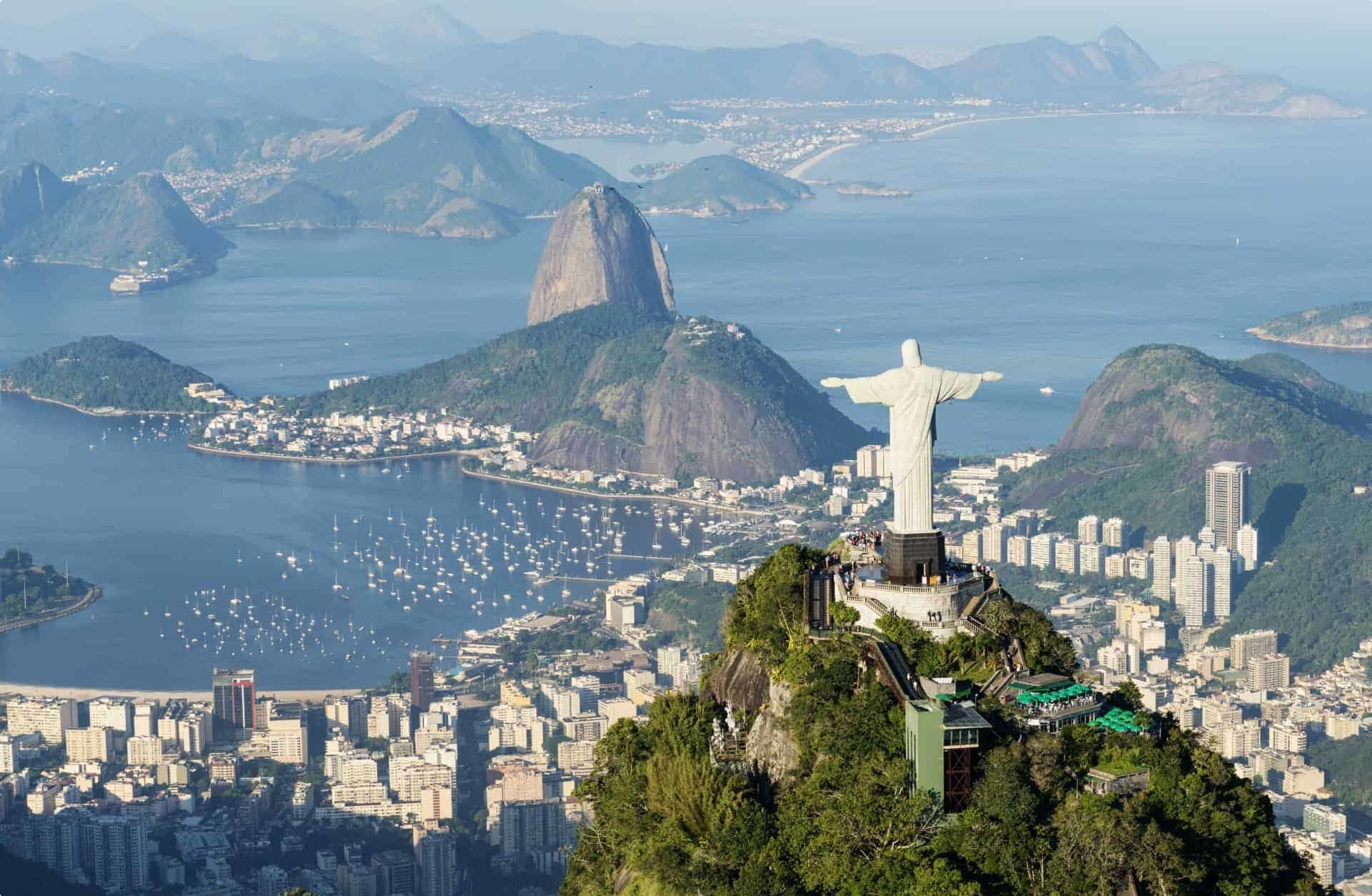
Rio de Janeiro (river of January) is one of the most famous and spectacular cities of the world. The city is built around its natural harbour of Guanabara Bay, and every square metre of land is occupied. The gracious boulevards and buildings of Rio contrast with the less attractive ‘favelas’, the flimsy slum dwellings clinging to hillsides around the city. They are home to more than one million people who live very precariously: hundreds may die in the landslides caused by heavy downpour.
Rio is very much a European-style city and a major commercial centre. Modern freeways cut straight through the massive granite outcrops, which stand as spectacular evidence of an earlier volcanic age. The famous statue of Christ the Redeemer atop the Corcovado is a must-see, but the view is often enveloped in fog. Fogs are frequent around the hills of Rio as masses of very warm moist air move in from the Atlantic Ocean. They immediately rise above the mountains, and so cool and condense as fog.
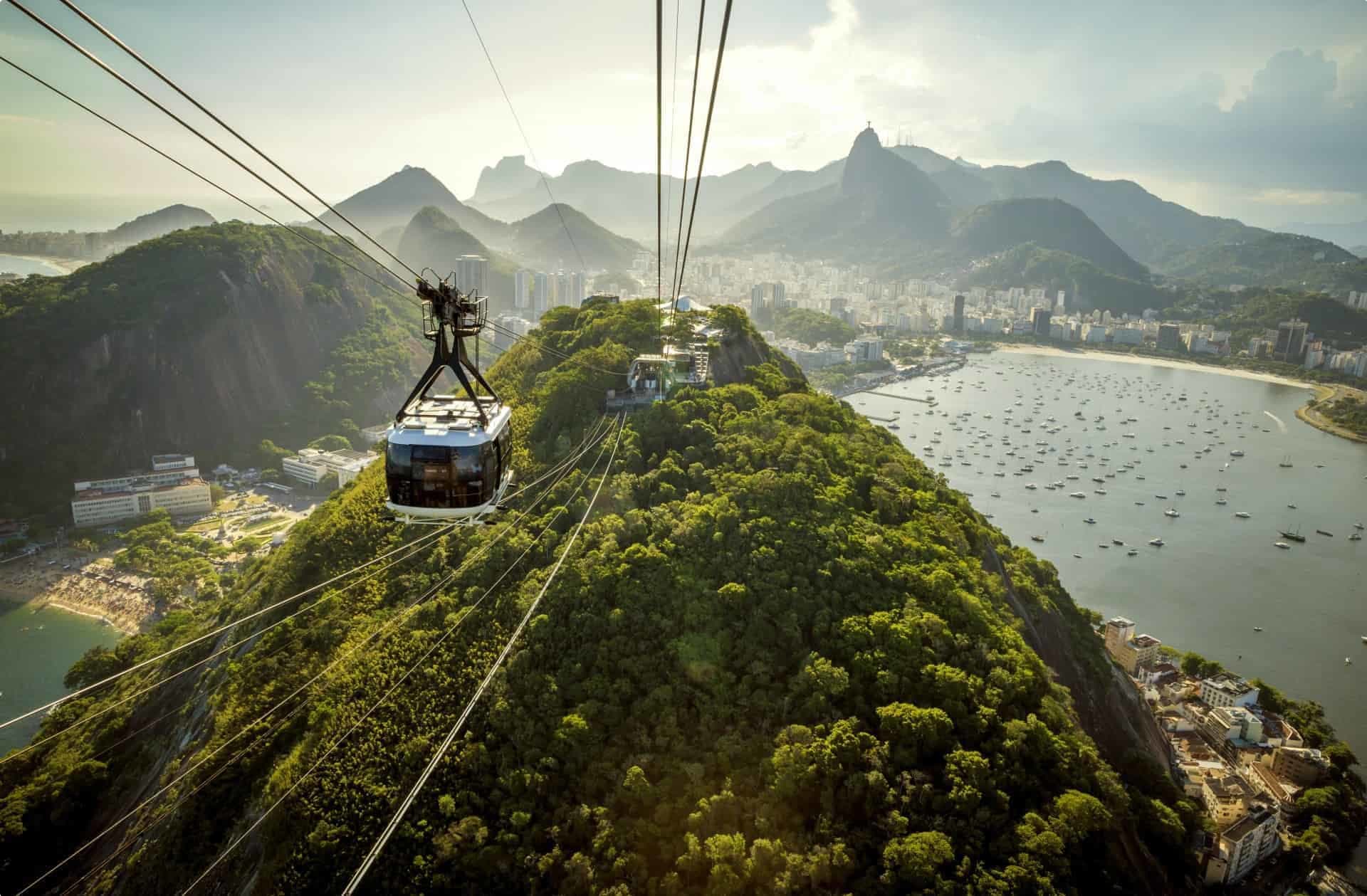
The spectacular cable car ride to the top of the Sugarloaf monolith at the entrance to Rio Harbour is a must for all visitors to the city. There is action day and night along the Copacabana Avenida Atlantica, and the beach. There is a wide choice of restaurants and outdoor cafes. Along the beach it is possible to see the flickering candles of the devotees of voodoo and macumba or black magic. They have little shrines in the rocky outcrops on the south end of the beach – testament to the continually diverse cultures within the nations of South America. Brazil’s official tourism website is a great resource for planning your trip.
Odyssey Traveller tours of South America
On Odyssey Traveller’s small group tour of South America, participants will be introduced to spectacular contrasts in the physical and climatic geography that provide the setting for major contrasts in human cultures, both historical and contemporary. Our journey incorporates the study of the major archaeological sites and museums of the Tiahuanaco, Moché, Chimu and Inca pre-Columbian civilisations, together with visits to Spanish and Portuguese colonial-era cities and towns. The subsistence economies of the altiplano villages will be contrasted with large modern urban centres. We will experience the cultures of the Andean peoples with their dances and music as a contrast to the stylised Brazilian samba and the Argentine tango. If you are passionate about learning while you travel, you will find a variety of opportunities with Odyssey Traveller. If you have a keen interest in archaeology, Odyssey Traveller offers further specialised tours. Alternatively, you may be inspired by this colonial-era architecture to explore Spain and Portugal, too! As long as you remain inquisitive, we continue to design tours to challenge and excite.
About Odyssey Traveller

Odyssey Traveller is committed to charitable activities that support the environment and cultural development of Australian and New Zealand communities. Accordingly, we are pleased to announce that since 2012, Odyssey has been awarding $10,000 Equity & Merit Cash Scholarships each year. We award scholarships on the basis of academic performance and demonstrated financial need. We award at least one scholarship per year. We’re supported through our educational travel programs, and your participation helps Odyssey achieve its goals.
For more information on Odyssey Traveller and our educational small group tours, visit our website. Alternatively, please call or send an email. We’d love to hear from you!
Related Tours

17 days
SepArgentina Dinosaur dig including Titanosaur small group tours
Visiting Argentina
Small group tour for senior and mature couples and solo travellers to explore the Titanosaurs the largest Dinosaurs to walk the planet. Their skeletons have recently been discovered in Argentina. This program spends 20 days travelling to visit and experience the dig sites where much of Argentina’s paleontological history has been found, Patagonia. With local paleontologists and guides providing an insight into this remote part of the country you get a unique opportunity to learn first hand about the research on the Argentinian Dinosaur collection.
From A$18,425 AUD
View Tour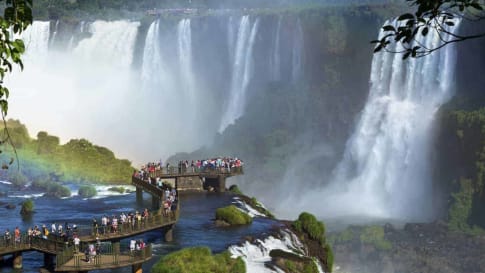
25 days
Apr, SepSouth American Small Group History and Culture Tour
Visiting Argentina, Bolivia
Experience the jewels of South America on this in-depth itinerary featuring the dramatic contrasts of this great continent on a small group tour for senior couples and solo travellers. Journey through Chile, Peru, Bolivia, Argentina and Brazil. Marvel at the ancient cultures and natural wonders of the Amazon, the snow-capped peaks of the Andes mountains, the calm waters of Lake Titicaca and the jewel coloured beaches of Rio.
From A$20,785 AUD
View Tour

